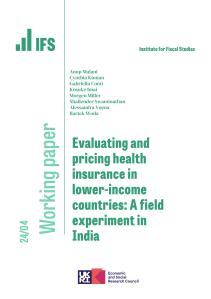Abstract
Self-ratedhealth (SRH) is commonly assessed in large surveys, though responses can be influenced by different individuals' perceptions of and beliefs about health. Therefore, instead of providing evidence of 'true' health disparities across groups, findings may actually reflect reportingheterogeneity. Using data from participants aged 50 years and older from the EnglishLongitudinalStudy of Ageing (ELSA) Wave 3 (2006/07; participation rate = 73%), associations between three dimensions of socialcapital (local area & trust, social support and social networks), deprivation and SRH were examined using the vignette methodology in 2341 individuals who completed both the self-report and at least one of the 18 vignettes. Analysis employed a hierarchical probit model (HOPIT). Individuals expressing low local area & trust socialcapital (beta = -0.276, p < 0.001) and those with poor social networks (beta = -0.280, p < 0.001) were more likely to report poor SRH in HOPIT models accounting for reportingheterogeneity, but unadjusted ordered probit analyses still correctly show a negative relationship between low local area & trust socialcapital (beta = -0.243, p < 0.001) and those with poor social networks (beta = -0.210, p < 0.01), though they somewhat tend to underestimate its strength. Neither social support nor deprivation appeared to have any effect on SRH regardless of reportingheterogeneity. Anchoring vignettes offer a relatively uncomplicated and cost-effective way of identifying and correcting for reportingheterogeneity to improve comparative validity of self-report measures of health. This analysis underlines the need for caution when using unadjusted self-reported measures to study the effects of socialcapital on health.








